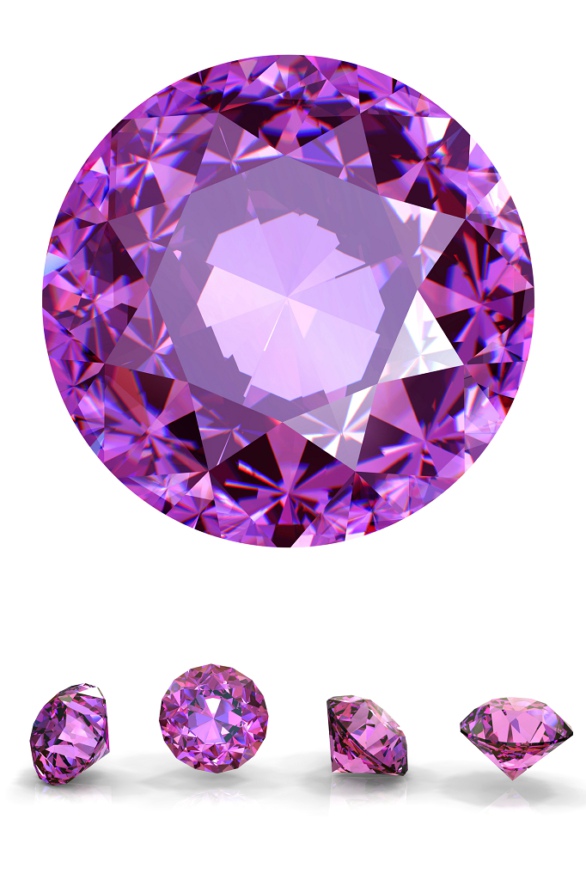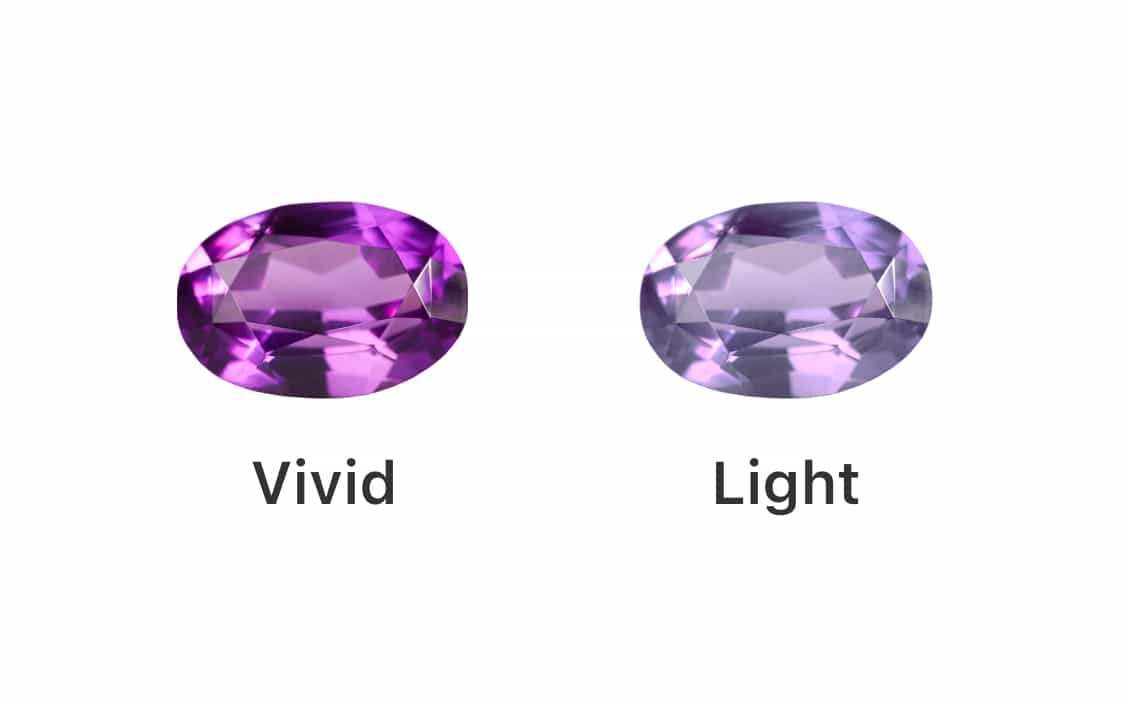Price
Retail price for 1 carat plus amethyst:
Quality from high to low
Vivid: to $100/ct
Medium: to $40/ct
Light: to $20/ct
Main origin
Amethyst is found in many countries around the world, including Brazil, Bolivia, Uruguay, Madagascar, Russia and others.
Imitation
Purple glass, purple cubic zirconia

Purple cubic zirconia
